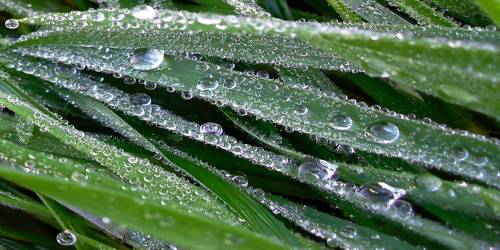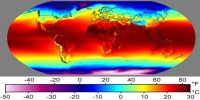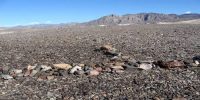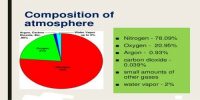Dew in the atmosphere
When the moisture is deposited in the form of water droplets on cooler surfaces of solid objects (rather than nuclei in the air above the surface) such as stones, grass blades, and plant leaves, it is known as dew. The ideal conditions for its formation are the clear sky, calm air, high relative humidity, and cold and long nights.
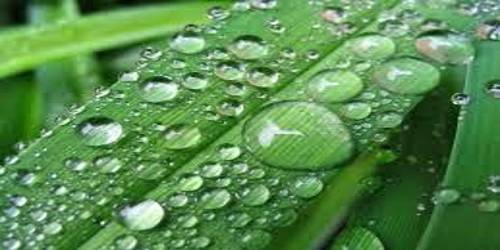
Dew occurs when objects cool, such as when drops of liquid form on the outside of an ice-cold drink glass. Dew forms when the object, such as the glass, cools down to the dew point temperature. Water molecules in the air continually bombard surfaces, like blades of grass. For the formation of dew, it is necessary that the dew point is above the freezing point. The dew point temperature is the temperature to which the air must be cooled before dew or frost begins to form. While relative humidity is a relative measure of how humid the air is, the dew point temperature is an absolute measure of how much water vapor is in the air. In very warm, humid conditions, the dew point temperature often reaches 75 to 77 degrees F, and sometimes exceeds 80 degrees.
